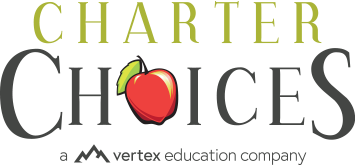America’s devotion to local control of schools is dying, but it is also being reborn as a new faith in charter schools. These independently operated public schools nearly 7,000 across the country, and counting provide a much-needed option for almost three million youngsters in 43 states. As students return to school, the enterprise responsible for educating them is changing in ways that few people are aware of. Charters are fomenting a quiet revolution in governance in public education. The prevailing arrangement in America’s 14,000 school systems starts with an elected board. The board appoints a superintendent, who manages more-or-less uniform public schools staffed by a unionized workforce of government employees. This setup functioned well for an agrarian and small-town society in which people spent their entire lives in one place, towns paid for their own schools, and those schools met most of the workforce needs of the local community. This arrangement does not perform nearly so well in a country of mobile and cosmopolitan citizens, where states make most education rules and furnish most of the money, where government intrudes in myriad ways, and where discontent with education outcomes is rampant. It doesn’t meet the requirements of people who change neighborhoods and cities as well as jobs and careers, and it’s ill-suited for an era of fervent agitation about equalizing and compensating for the treatment of children from different backgrounds, locales and needs. Nor does local control mean what it once did. Some 90 school districts today struggle to educate more than 50,000 students each in systems sprawling over many miles and run by massive bureaucracies. The Houston Independent School District is responsible for 215,000 pupils, Chicago for 400,000, Los Angeles for 700,000 and New York City for more than a million. The governance of these systems doesn’t work well when elected boards have evolved from panels of public-spirited civic leaders into gaggles of aspiring politicians and teachers-union surrogates. Read More Here

